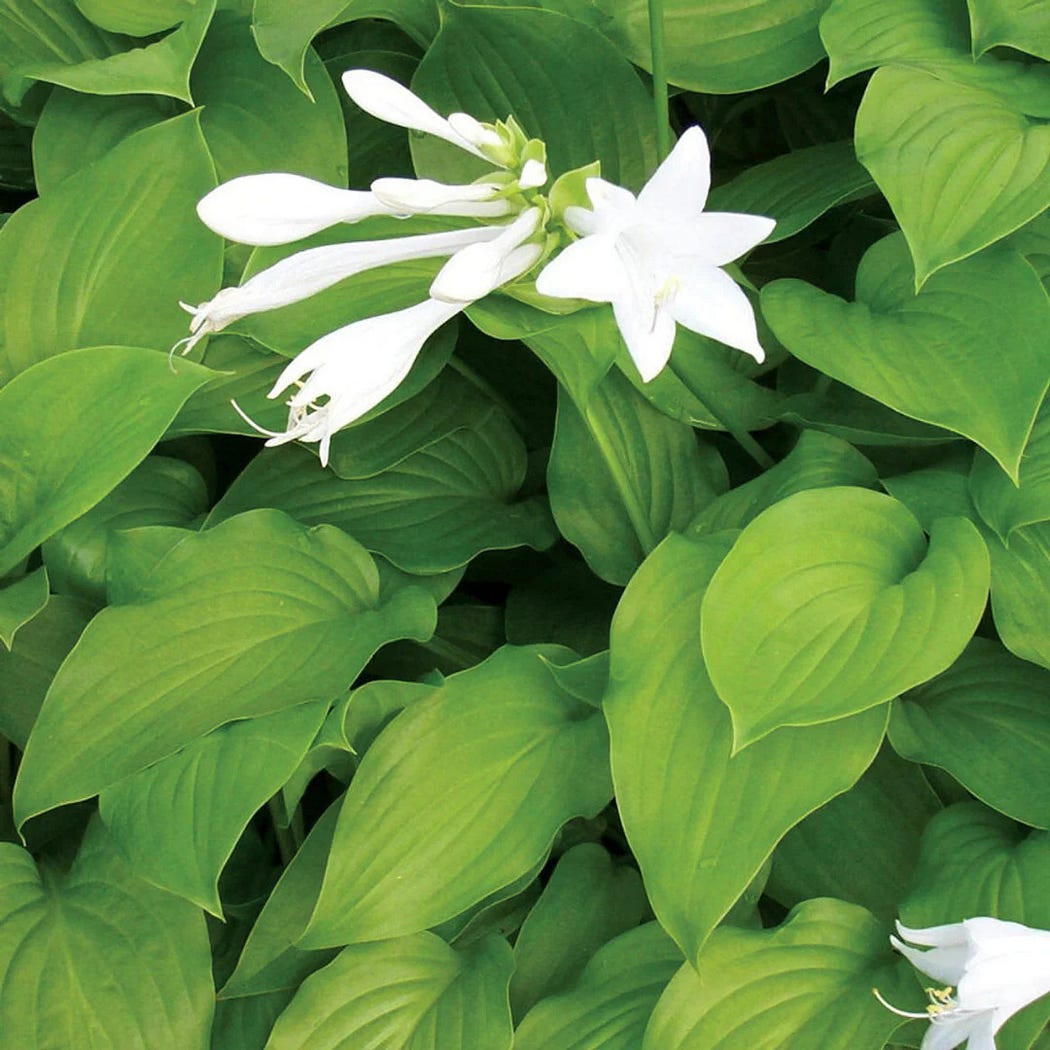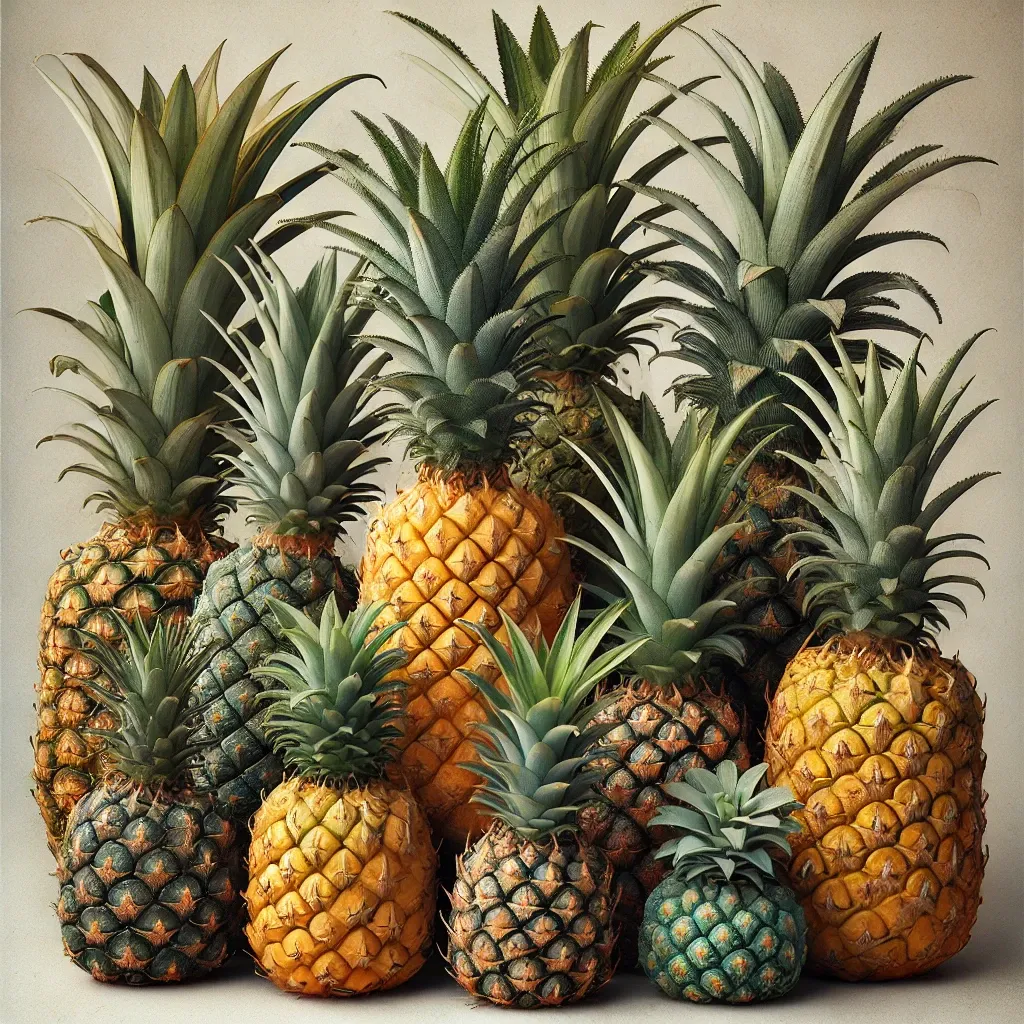Growing Bluets (Houstonia) Flowers: A Guide to Cultivating These Delicate Blooms
Bluets (Houstonia caerulea), commonly known as Quaker Ladies or Azure Bluets, are charming, small wildflowers that brighten up any garden with their dainty blue, lavender, or white petals and sunny yellow centers. These perennials are native to North America and are often found in woodlands, meadows, and along stream banks. With their low-growing habit and carpet-like spread, Bluets make an excellent choice for rock gardens, pathways, and shaded landscapes.
This guide will help you learn how to plant, care for, and enjoy Bluets in your garden while providing useful tips on companion planting and long-term maintenance.

Why Grow Bluets?
Bluets offer numerous benefits to home gardeners and nature enthusiasts:
- Low Maintenance: These wildflowers require minimal care once established.
- Perfect for Natural Landscapes: Bluets thrive in wildflower gardens, woodlands, and shaded areas.
- Attract Pollinators: Bees and butterflies are drawn to the nectar-rich flowers.
- Ideal Ground Cover: Their dense, clumping habit makes them great for borders and erosion control.
- Long-Lasting Blooms: Flowers appear from early spring to late summer, providing a continuous display of color.
When to Plant Bluets Seeds
Bluets can be planted in either spring or fall, depending on your climate:
- Spring Planting (After the Last Frost): Best for areas with cold winters, allowing the plants to establish before summer.
- Fall Planting (Before Winter Dormancy): Ideal for warmer climates, as the seeds benefit from natural winter stratification.
Since Bluets are perennials, they will return year after year, spreading slowly to create a soft, natural ground cover.
Where to Plant Bluets
To ensure Bluets thrive, choose a well-suited location in your garden:
- Sunlight Requirements: Prefers partial shade to full sun. Bluets grow best in dappled sunlight, making them a great choice for woodland gardens.
- Soil Conditions: Requires well-drained, slightly acidic soil (pH 5.5–6.5) enriched with organic matter.
- Moisture Needs: While Bluets prefer moist soils, they do not tolerate excessive waterlogging.
- Spacing: Plant seeds or seedlings 3–6 inches apart to allow for healthy spreading.
Bluets naturally grow in forested areas, meadows, and near water sources, so mimicking these conditions in your garden will encourage strong growth.
How to Plant Bluets Seeds
Starting from Seeds
- Prepare the Soil: Loosen the soil and mix in compost to provide nutrients.
- Sow Seeds Lightly: Scatter Bluet seeds on the surface — do not bury them, as they require light to germinate.
- Water Gently: Keep the soil evenly moist but avoid overwatering.
- Germination Period: Seeds will sprout within 2–4 weeks in warm temperatures.
- Transplanting: Once seedlings develop 3–4 true leaves, space them 3–6 inches apart.
Transplanting Bluets from Nursery Plants
- Dig a small hole slightly larger than the root ball.
- Place the plant in the hole, keeping the base at soil level.
- Backfill with soil and water thoroughly.
- Apply a thin layer of mulch to retain moisture.
How to Care for Bluets
Watering
- Keep the soil consistently moist but not waterlogged.
- Once established, Bluets require minimal watering, except during dry spells.
Fertilization
- Bluets do not need heavy fertilization — a light compost application in early spring will support healthy blooms.
Pruning and Maintenance
- Deadhead spent flowers to encourage extended blooming.
- Trim back any overgrown or damaged foliage in late fall to keep plants neat.
- Allow some flowers to go to seed if you want natural self-seeding and spreading.
Winter Care
- Bluets are hardy perennials that can tolerate cold weather.
- In regions with harsh winters, apply a light mulch layer to protect the roots.
Companion Plants for Bluets
Bluets grow well alongside other wildflowers and shade-tolerant plants:
Best Companion Plants
- Ferns: Provide a lush backdrop while keeping moisture levels stable.
- Hostas: Add contrast with their large, vibrant leaves.
- Violets: Complement Bluets with their delicate purple flowers.
- Phlox: Shares similar growing conditions and enhances the natural look.
- Native Grasses: Help prevent soil erosion and create a meadow-like setting.
Plants to Avoid
- Large, aggressive perennials that may crowd out Bluets.
- Water-demanding plants that could compete for moisture.
When and How to Harvest Bluets Seeds
- Seed Harvest Time: Late summer to early fall, when seed heads dry out.
- How to Collect:
- Wait for the seed pods to turn brown and dry.
- Gently shake or crush the pods to release seeds.
- Store in a cool, dry place until the next planting season.
Allowing Bluets to self-seed naturally will help establish a long-lasting, wildflower-friendly garden.
Uses and Benefits of Bluets in Your Garden
- Wildlife-Friendly: Bluets attract bees, butterflies, and other pollinators, supporting a healthy ecosystem.
- Erosion Control: Their dense root system helps stabilize soil on slopes and hillsides.
- Low-Growing Ground Cover: Perfect for filling gaps between stepping stones, pathways, or under trees.
- Edging and Borders: Ideal for softening garden edges with a natural, cottage-garden appeal.
- Container Gardening: Can be grown in shaded containers or window boxes for a pop of delicate color.
Final Thoughts
Bluets (Houstonia caerulea) are an easy-to-grow, charming wildflower that can transform your garden into a serene and colorful retreat. Whether you plant them in a woodland setting, rock garden, or as a pollinator-friendly addition to your landscape, they require minimal care while offering year-round beauty.
Start growing high-quality Bluets seeds today from Organic India Seeds and enjoy the delicate, elegant blooms of these enchanting wildflowers.



Hinterlasse einen Kommentar
Diese Website ist durch hCaptcha geschützt und es gelten die allgemeinen Geschäftsbedingungen und Datenschutzbestimmungen von hCaptcha.